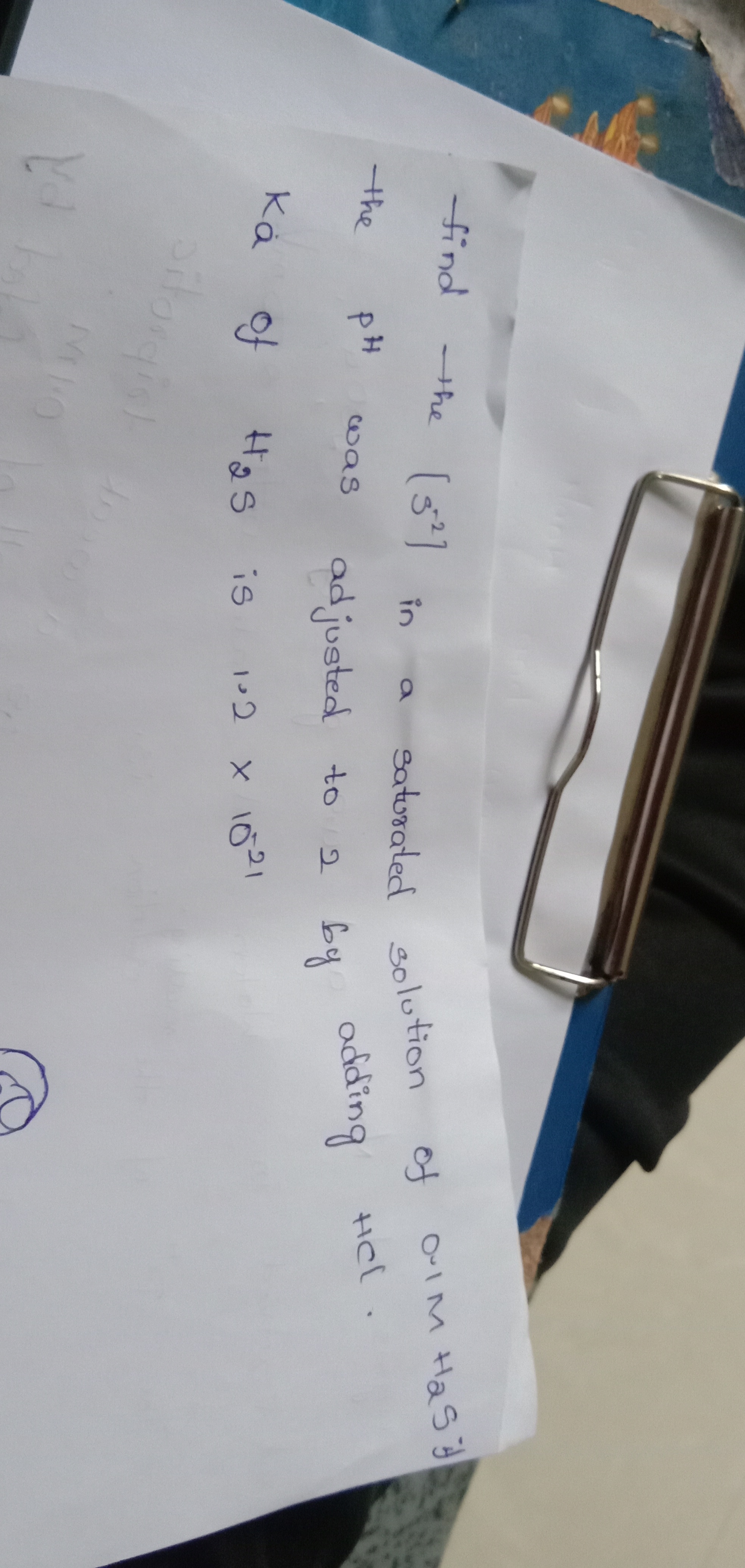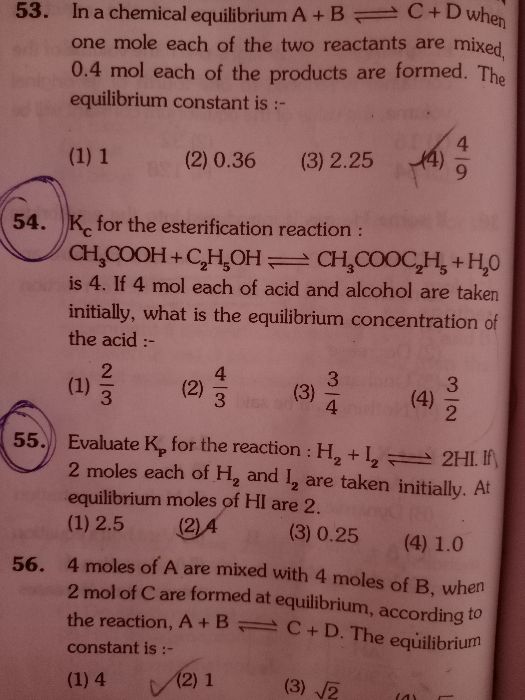CBSE Class 11-science Answered
explain common ion effect with reference to GrIII precipitation of cations
Asked by ruchira121996 | 27 Mar, 2013, 08:49: PM
|
The degree of ionization of an electrolyte is suppressed by the addition of a strong electrolyte containing common ion. This effect is known common ion effect.
|
||||||||||||||||
|
In other words:
The phenomenon of lowering the degree of ionization of a weak electrolyte by adding a solution of a strong electrolyte having a common ion is called common ion effect.
|
||||||||||||||||
Answered by | 28 Mar, 2013, 06:30: AM
Concept Videos
CBSE 11-science - Chemistry
Asked by visank90 | 24 Nov, 2023, 10:45: AM
CBSE 11-science - Chemistry
Asked by gouravvv641 | 16 Aug, 2022, 09:25: PM
CBSE 11-science - Chemistry
Asked by mangalchandrj79 | 21 May, 2022, 04:38: PM
CBSE 11-science - Chemistry
Asked by sarojlaxmiacharjya | 03 Jan, 2022, 08:50: PM
CBSE 11-science - Chemistry
Asked by cjam41665 | 09 Oct, 2021, 11:11: PM
CBSE 11-science - Chemistry
Asked by rishika62124 | 03 Mar, 2021, 05:02: AM
CBSE 11-science - Chemistry
Asked by jyotijhajharia39 | 06 Jan, 2021, 11:41: PM
CBSE 11-science - Chemistry
Asked by nsaikumar33 | 15 Aug, 2020, 11:50: AM
CBSE 11-science - Chemistry
Asked by swati2678 | 10 Aug, 2020, 01:58: PM
CBSE 11-science - Chemistry
Asked by veenatripathi | 28 May, 2020, 09:03: AM










